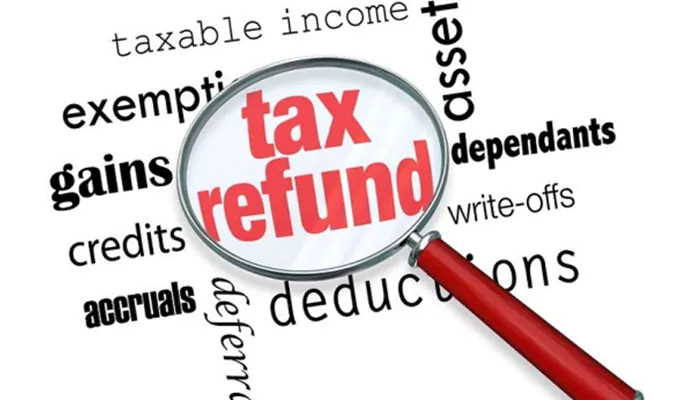Received a Lower ITR Refund? Learn How to File a Rectification Request and Claim Your Full Tax Refund Now!
- Devyani
- 1 year ago
- 4 minutes read

The deadline for filing an Income tax return ended on July 31st this year. After filing the returns, the taxpayers are now anticipating their refunds. While many have got the refund, there are still some taxpayers left who are waiting. A common problem that has emerged while receiving the refund- many people expressed they have gotten a lesser amount than what they claimed.
After you have successfully filed your Income Tax Return, the wait begins for its complete processing. This is the moment that taxpayers eagerly anticipate. Following the tax department’s processing of the ITR, the tax refunds are generally issued within four to five weeks. You will know that your ITR has been processed once an intimation mail under section 143(1) is sent to you via e-mail. You can also check the status of your filing on the e-filling portal’s dashboard. The email you receive provides information on your tax liability and the refund amount you’d be getting.
What to Do if You Disagree with Your Tax Refund Amount
After receiving an intimation mail under section 143(1) from the tax department, you must carefully review the calculations that have been made. After thorough checking, if you believe that you are eligible for a larger amount of refund, then you can file a rectification request under section 154 of the Income Tax Act, 1961.
As of August 8, 2024, the income tax department has declared on its website, “A request for rectification can be submitted on the e-Filing portal if there is any mistake apparent from the record, in an Intimation issued u/s 143(1) or in an order u/s 154 passed by the CPC. A rectification request can be submitted only for returns that are already processed by CPC. You can submit a rectification request for errors in the processing of your income tax return by CPC. Only mistakes apparent from the record are considered for rectification. Do not use rectification requests for any other mistake on your part which can be corrected with a revised return. You are not allowed to file a rectification request after the expiry of 4 years from the end of the FY in which the intimation u/s 143(1) was passed. There is no need to e-verify rectification requests.”

According to the information provided on the tax department website, you can file three types of rectification requests on their e-filling portal:
- Tax Credit Mismatch Correction
- Reprocess the Return
- Return Data Correction (offline).
Follow These Steps to File a Rectification Request
- Log-in: Log in to the e-filling portal with your valid user ID and password
- Search Services: Navigate to the ‘Services’ section and click on ‘Rectification’.
- Apply for a ‘New Request’: On the Rectification page, you will find ‘New Request’. Click on it.
- Enter the Required Details: Select ‘Income Tax’ from the drop-down menu to enter the details. Your PAN details will be auto-filled.
- Choose Assessment Year: Select the correct Assessment Year provided on the list, and then click ‘Continue’.
- Choose Request Type: Select the appropriate request type from the ‘Request Type’ drop-down menu.
- Make Necessary Adjustments: depending on the processed return data, edit or delete schedules as required.
- Submit: Click on ‘Continue’ to successfully submit your rectification request.
- Verification: Following submission, you will be redirected to the verification page to continue with the verification process.
Your Rectification Request will be Based on These Clear Errors:
- Minor Clerical Mistakes
- Arithmetic Discrepancies
- Errors based on factual imprecision
- Errors from missing mandatory legal provisions.
After you have successfully submitted your rectification request, you will receive a 15-digit rectification reference number in your mail or message. Furthermore, this number can also be found under the ‘Rectification Section’ after you log in to your e-filling account.












